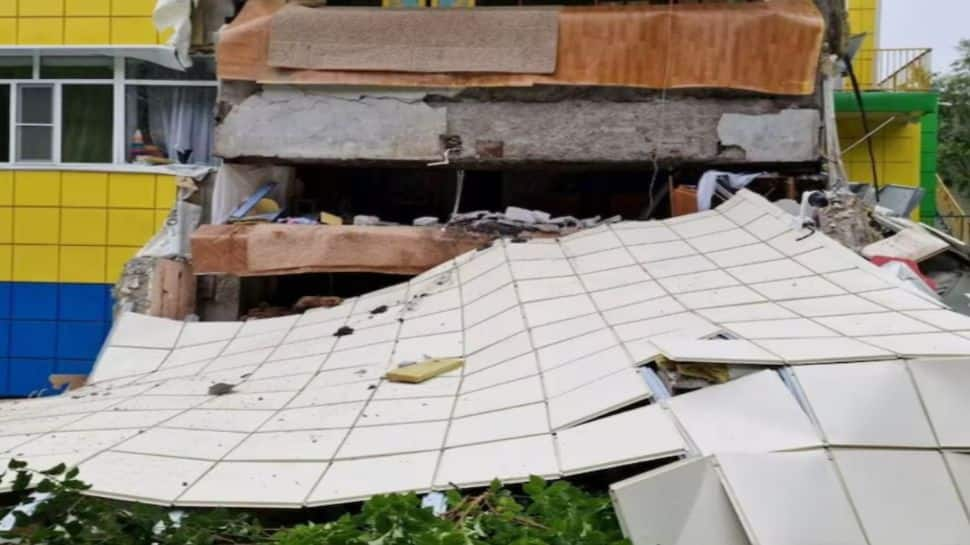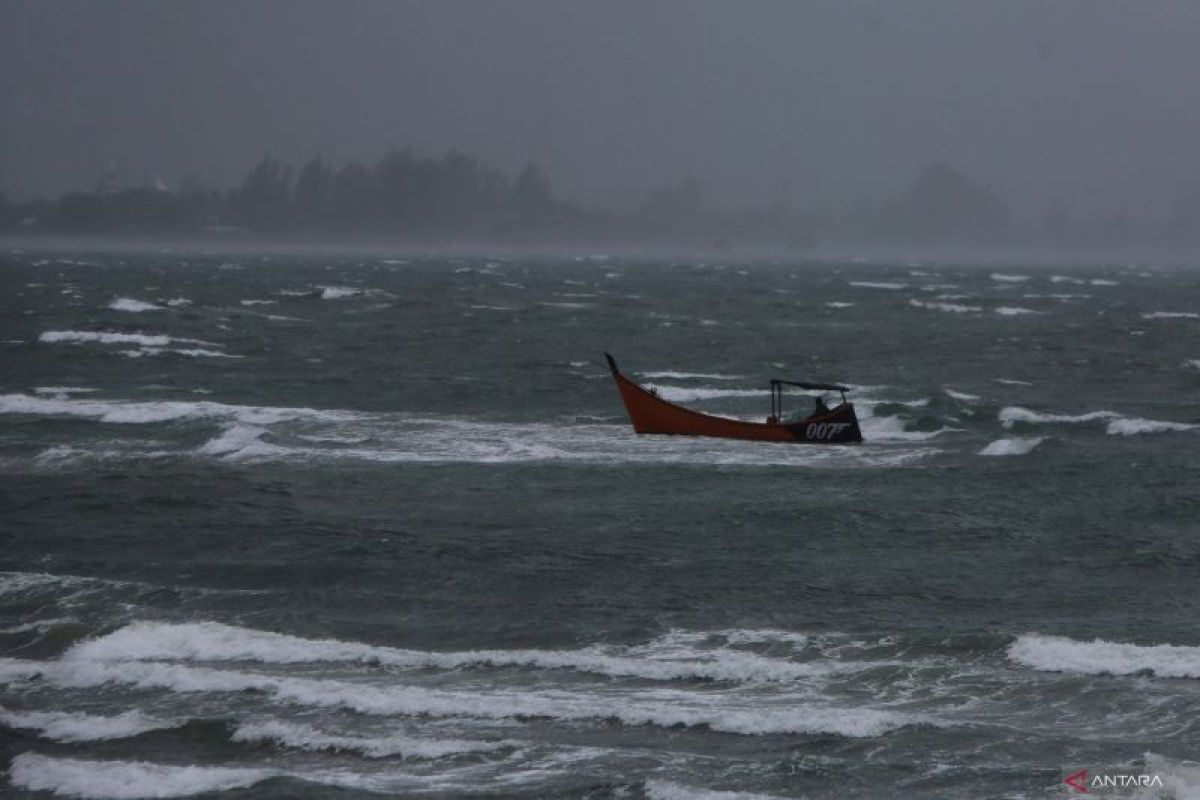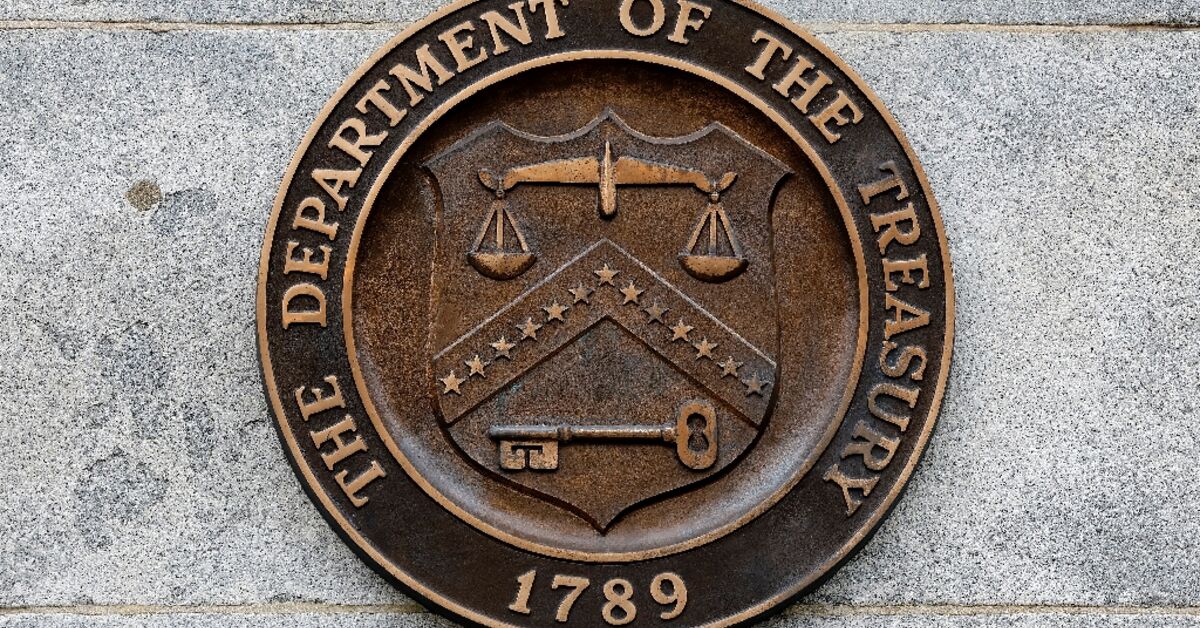New Delhi: Tremor may last only a few seconds, but the energy it carries is unimaginable. A magnitude 8.8 earthquake releases as much energy as detonating more than 14,000 Hiroshima-sized atomic bombs at once. Scientists estimate this energy at roughly 9 x 10¹⁷ joules or 6.27 million tons of Trinitrotoluene (TNT), a standard high explosive.
It is a “Great Earthquake” in seismological terms. It may a calculation for geologists, but it is a warning for the world.
Why It Terrifies Japan, Russia and U.S.
This is not an abstract equation. The earthquake that struck near Russia’s Kamchatka Peninsula, close to Japan, in one of the world’s most dangerous seismic belts, the Pacific Ring of Fire.
This zone runs through coastal Russia, Japan, Southeast Asia and the western coast of the Americas. Here, tectonic plates crash and slide under one another. This makes the region a breeding ground for megaquakes, tsunamis and volcanic eruptions.
Japan, in particular, has lived through the consequences. In 2011, a magnitude 9.0 quake off Tohoku triggered a massive tsunami and nuclear disaster at Fukushima. Over 28,000 people died, and the economic loss was estimated at $360 billion.
Russia’s Kamchatka may not be as densely populated, but tremors here travel fast. Tsunami alerts have gone off multiple times. Japan monitors them closely. The United States does too. Alaska lies along the same Ring of Fire. In 1964, it witnessed a 9.2 magnitude earthquake, one of the strongest ever recorded.
The Earthquake-Bomb Equation
In 1945, the atomic bomb dropped on Hiroshima released about 6.3 x 10¹³ joules of energy. A quake of 8.8 magnitude, by comparison, unleashes over 14,000 times that amount.
Scientific estimates vary, some place the equivalent around 9,000 bombs, due to differing assumptions about depth, location and fault mechanics. Still, the message remains that the destructive capacity is massive.
Why Earthquake Energy Feels Different Than a Bomb
While the numbers compare, the effects differ. An earthquake’s energy spreads underground, radiating through seismic waves. It can shake regions hundreds of kilometres wide. But much of its energy disperses harmlessly into rock.
A nuclear bomb, by contrast, discharges energy through heat, radiation and air shockwaves. Its destruction is intense but confined. The Hiroshima blast, for instance, devastated a 2-kilometre radius, causing firestorms and radiation sickness.
Earthquakes last longer, often triggering landslides, liquefaction or tsunamis. Nuclear blasts are near-instant, but their radioactive legacy can linger for years.
What If It Hits a Plains City?
In 2010, a magnitude 8.8 earthquake hit Chile, destroying buildings, killing 525 people and sending tsunami waves ashore. Chile escaped larger losses thanks to earthquake-resistant construction.
But what if such a quake hit India’s Gangetic plains?
Cities like Delhi, Patna and Lucknow sit on soft alluvial soil. This amplifies seismic waves. The region is densely populated. Buildings often lack proper reinforcement. A powerful quake here could kill 10,000, collapse bridges and hospitals and cripple infrastructure.
In 2001, a 7.7 magnitude quake in Gujarat’s Bhuj killed around 20,000 people. An 8.8 magnitude event would be exponentially more catastrophic.
What Past Disasters Teach Us
2004 Indian Ocean Earthquake: Measured 9.1-9.3 in magnitude. Killed over 230,000 across India, Indonesia, Sri Lanka and more. Its tsunami was one of the deadliest in recorded history.
1960 Chile Earthquake: At 9.5 magnitude, it remains the most powerful ever documented. Tsunami waves hit as far as Hawaii and Japan.
2011 Tohoku, Japan: Earthquake and tsunami combo killed 28,000, exposed nuclear vulnerabilities and left behind a radioactive scar still felt today.
All were near or over 8.8 magnitude. Each altered the history of the region it struck.
Can India’s Plains Withstand It?
India’s Indo-Gangetic belt is vulnerable. From Delhi to Patna, the soil is soft and wet, prone to liquefaction. Many homes, markets, schools and offices are not earthquake-resistant. Hospitals may collapse. Power and water systems may fail.
A quake here could turn into a humanitarian disaster.
What Can Be Done?
Stronger buildings: Enforce quake-resistant standards across cities and towns.
Preparedness drills: Educate the public on what to do during tremors.
Disaster response: Ensure the National Disaster Management Authority is equipped to act fast.
Better planning: Urban development must consider seismic risk, especially in dense and soft-soil regions.
A Living Faultline
From Siberia to Alaska, the northern edge of the Pacific Ring of Fire is restless. Here, the Pacific Plate pushes beneath the North American Plate, triggering deep seismic activity.
That is why Alaska sees over 10,000 earthquakes a year, most minor but some massive. In 1958, a quake in Lituya Bay triggered a 524-meter high wave, the tallest tsunami ever recorded.
As the planet warms, melting glaciers and rising seas can further stress tectonic systems. The result is more frequent and unpredictable disasters.
The Message Is Clear
You cannot predict the exact time of an earthquake. But you can predict its consequences if you are unprepared. Whether it is Chile, Japan, Alaska or India, the story remains the same. Earthquakes do not kill. Unready systems do.
And when the ground shakes with the power of 14,300 atomic bombs, there is no excuse not to be ready.








